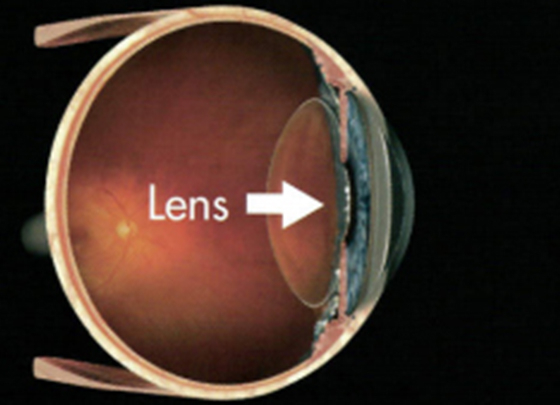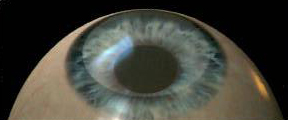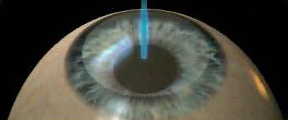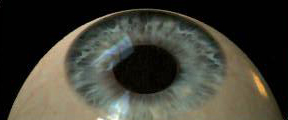

LASIK vision correction is not always the best treatment option for patients who are severely farsighted (meaning they have trouble seeing clearly up-close). In a similar circumstance, some people in their 40s and 50s come into our office complaining that their near vision is getting worse and they are worried that they are becoming farsighted. In reality, most of these latter patients are experiencing the symptoms of presbyopia.
Surprisingly, these are two different vision conditions that can both be corrected by the same procedure: refractive lens exchange (RLE). This process involves removing the natural eye lens and replacing it with an artificial Intraocular Lens (IOL) that is designed specifically to help you achieve the clear vision you want. After a comprehensive evaluation, Dr. Billy J. Haguewood can recommend the right type of IOL to meet your vision requirements (monofocal, multifocal, accommodating and Toric).
RLE is very similar to cataract surgery – but you do not have to have cataracts to experience the benefits. In fact, you may even be spared the experience of developing cataracts in the future!

Traditional prescription glasses and contact lenses can help farsightedness; reading glasses and bifocals can improve presbyopia. However, the daily hassles of maintaining and keeping track of lenses cause many people to look for treatment options.

Plan to allow yourself a week to recover from RLE. Your final vision results may take a bit longer to achieve as your vision stabilizes. Your new lens will not be noticeable to other people and you won’t even know it is there – you’ll just be reminded of how great life can be without lenses.
To find out if refractive lens exchange is right for you, contact us today to schedule a free LASIK Consultation.

Implantable Collamer Lenses (ICL) are a good alternative for people who are not suitable for refractive procedures such as LASIK because of:
At Palmetto Eye & Laser Center, we offer patients the Visian® ICL an excellent alternative to LASIK to treat a wide range of refractive errors (nearsightedness, farsightedness and astigmatism).
The procedure itself typically causes very little discomfort and no pain for most patients because the eye is numbed with a topical or local anesthetic prior to the procedure. It is performed in our office as an outpatient procedure.
If you are between the ages of 21 and 45 and want to learn more about Visian ICLs call our offices to schedule a free LASIK Consultation.


